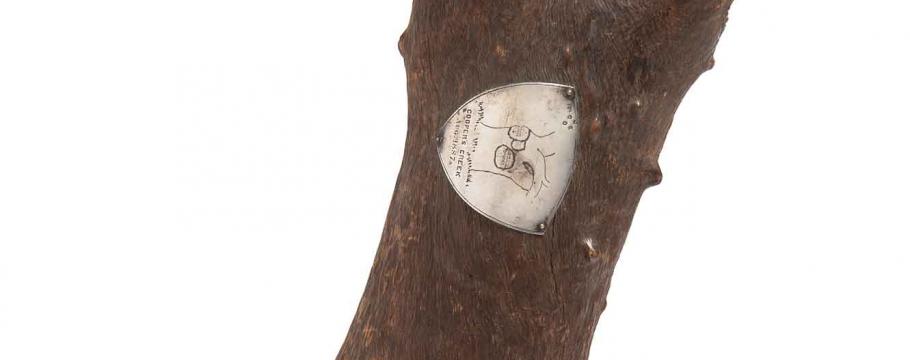
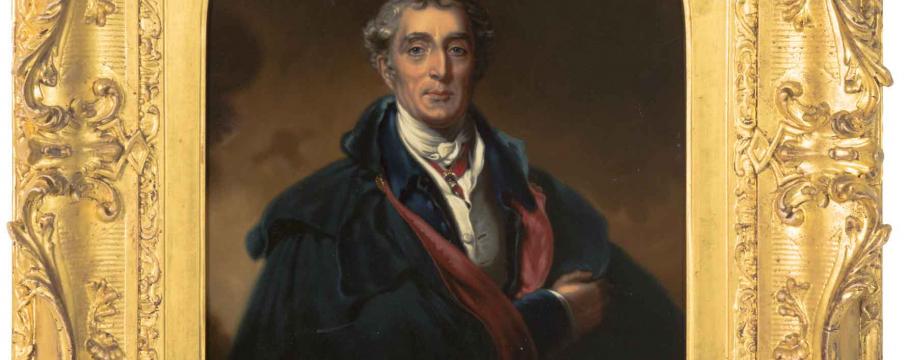

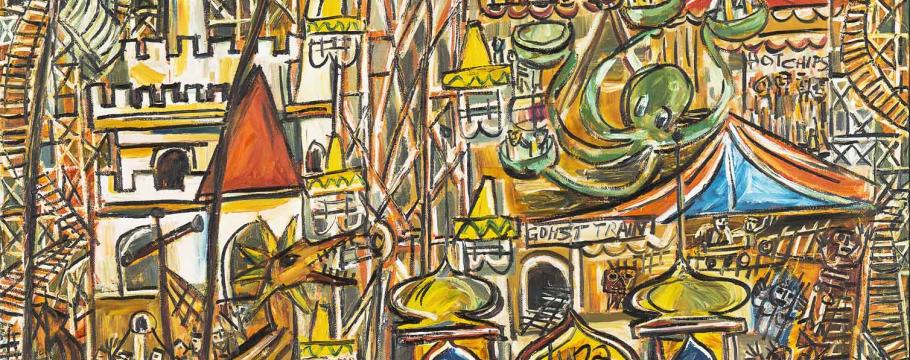

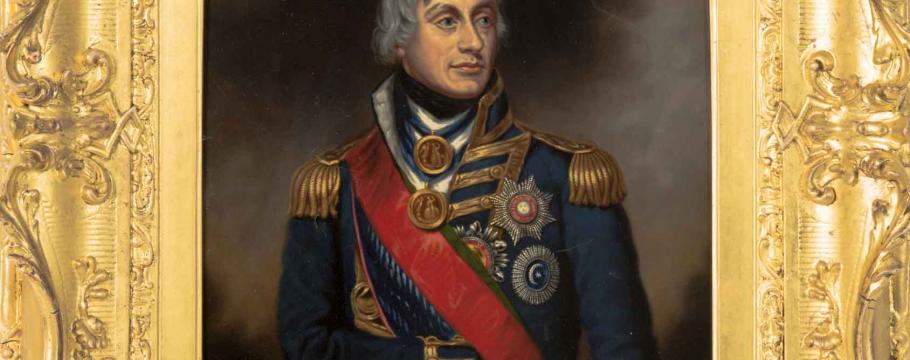
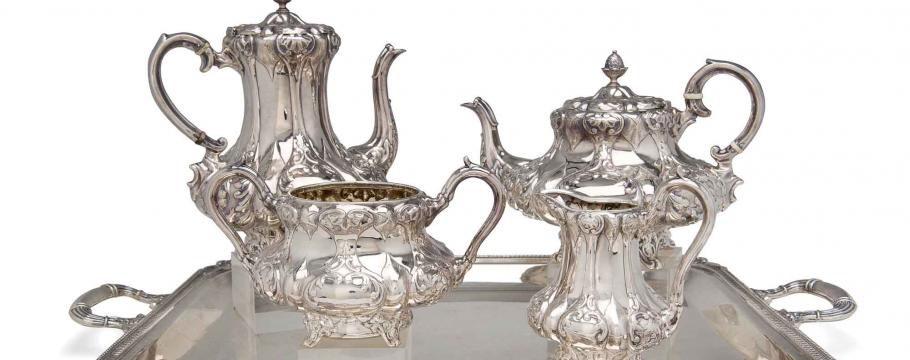
Mossgreen auctions limb from tree under which Australian explorer buried
Author: Richard Brewster | Posted: 16th August, 2014
Among the 1000 lots that comprise Mossgreen’s forthcoming Quarterly Collectors Auction Series is a piece of a tree at Cooper’s Creek, South Australia – under which the ill-fated explorer Robert O’Hara Burke was buried with his second-in-command William John Wills before their bodies were later brought back to Melbourne.
Burke and Wills – and their fellow expeditioners John King and Charley Gray – are famous for being the first Europeans to cross Australia from south to north (Melbourne to the Gulf of Carpentaria) in 1860-61.
All but King perished on the return journey – largely the victim of several poor decisions by their impetuous leader.
The infamous tree became part of the giant Innamincka Station, purchased in 1881 by one of Australia’s richest pastoralists William Campbell.
In August 1887, the mayor of Adelaide received from Campbell’s manager Alfred Walker a branch of the tree, complete with the initials of the different explorers who came to search for Burke and Wills, which is now in the Royal Geographical Society of South Australia’s collection.
Walker is believed to have cut another piece (the one to be auctioned) from the same limb at the same time and sent it to William Campbell in London, who then had silversmith Susannah Brasted craft a shield-shaped silver plaque to be fixed to the timber.
The shield is engraved with an image of the tree and the letters R O’H B, 21.9.61 and AH (Alfred William Howlitt who discovered and buried the bodies).
In another section, the letters AH and DIG with an arrow are engraved – and the bottom of the plaque is inscribed with COOPER’S CREEK AUG. 1887.
Somehow, probably by Campbell’s bequest, the relic found its way to the Imperial Institute – established in 1887 as a result of the Colonial and Indian Exhibition the previous year to promote research that would benefit the Empire and in 1958 renamed the Commonwealth Institute.
Subsequently, the piece was donated to the British Empire and Commonwealth Museum in Bristol (which explores British Empire history) and in 2009 sold to the current vendor.
The auction, from 10am Monday August 25 at 926-930 High Street Armadale, also features portraits of Battle of Trafalgar hero Admiral Viscount Nelson and Battle of Waterloo commander the Duke of Wellington.
Another item of interest is the 1850s Elkington silver plated candelabra engraved with the Wyndham family crest of Wyndham Wines fame.
Among the musical instruments is a late 18th century German violin from Kloz school in Mittenwald and a 1776 Cittern guitar.





